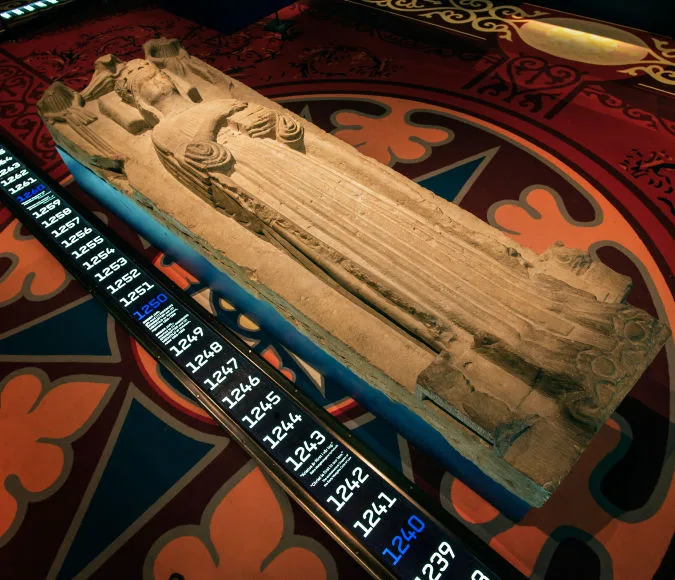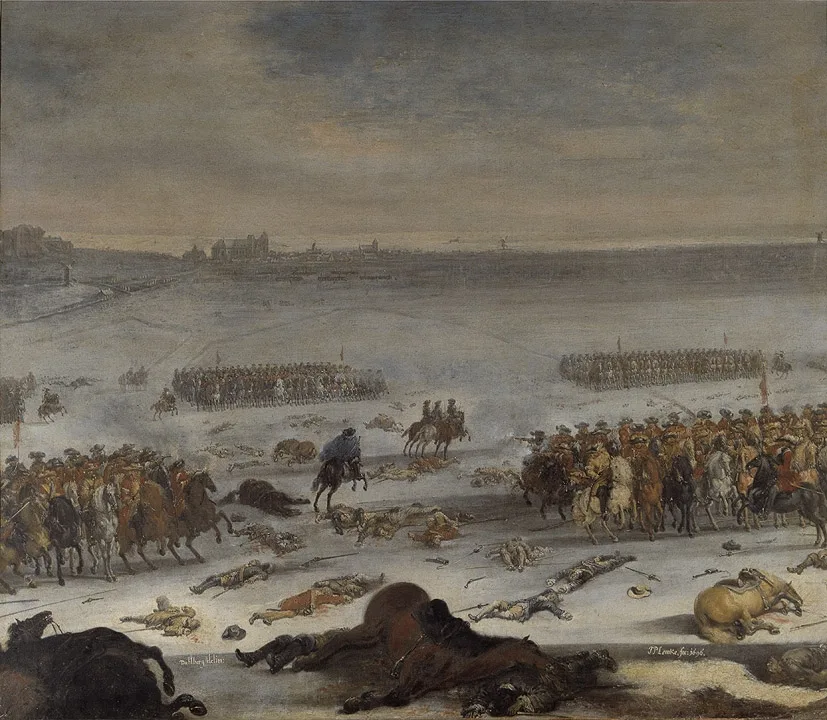Alsnö House – a medieval palace
Viking Age
AD 800 – AD 1100
Middle Ages
AD 1050 – AD 1520
Modern Age
AD 1520 – AD 2025
One of the initiators of the excavations was Ernst Klein, an editor at the Swedish newspaper Svenska Dagbladet, who helped finance the project. The donors paid out a total of SEK 42,000, equivalent to up to roughly one million SEK in today’s value. The collaboration with the newspaper also gave the project public exposure: Klein wrote a long series of articles about the excavations, and in 1917 finds from Alsnö House were exhibited at the Swedish History Museum.
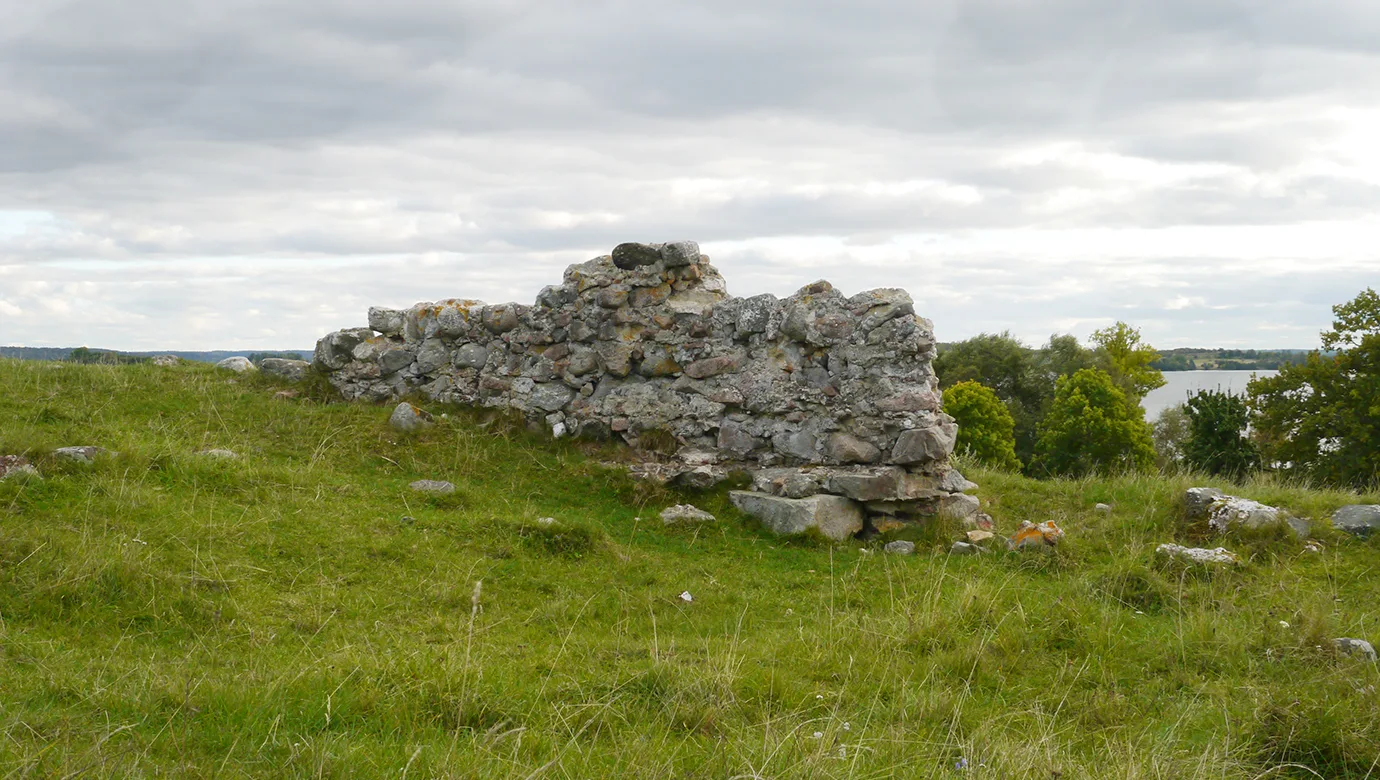
A short-lived palace
Alsnö House was completed in the late 13th century during the reign of King Magnus Ladulås, but it had a relatively brief existence. It is known that the king spent his summers there, yet after about a hundred years the building appears to have been abandoned and destroyed.
The youngest coins found in the ruins date from the reign of King Albrekt of Mecklenburg (mid-14th to mid-15th century). This was a time when both Sweden and Europe were again in crisis, marked by political instability, recurring plague outbreaks, and widespread farm abandonment.
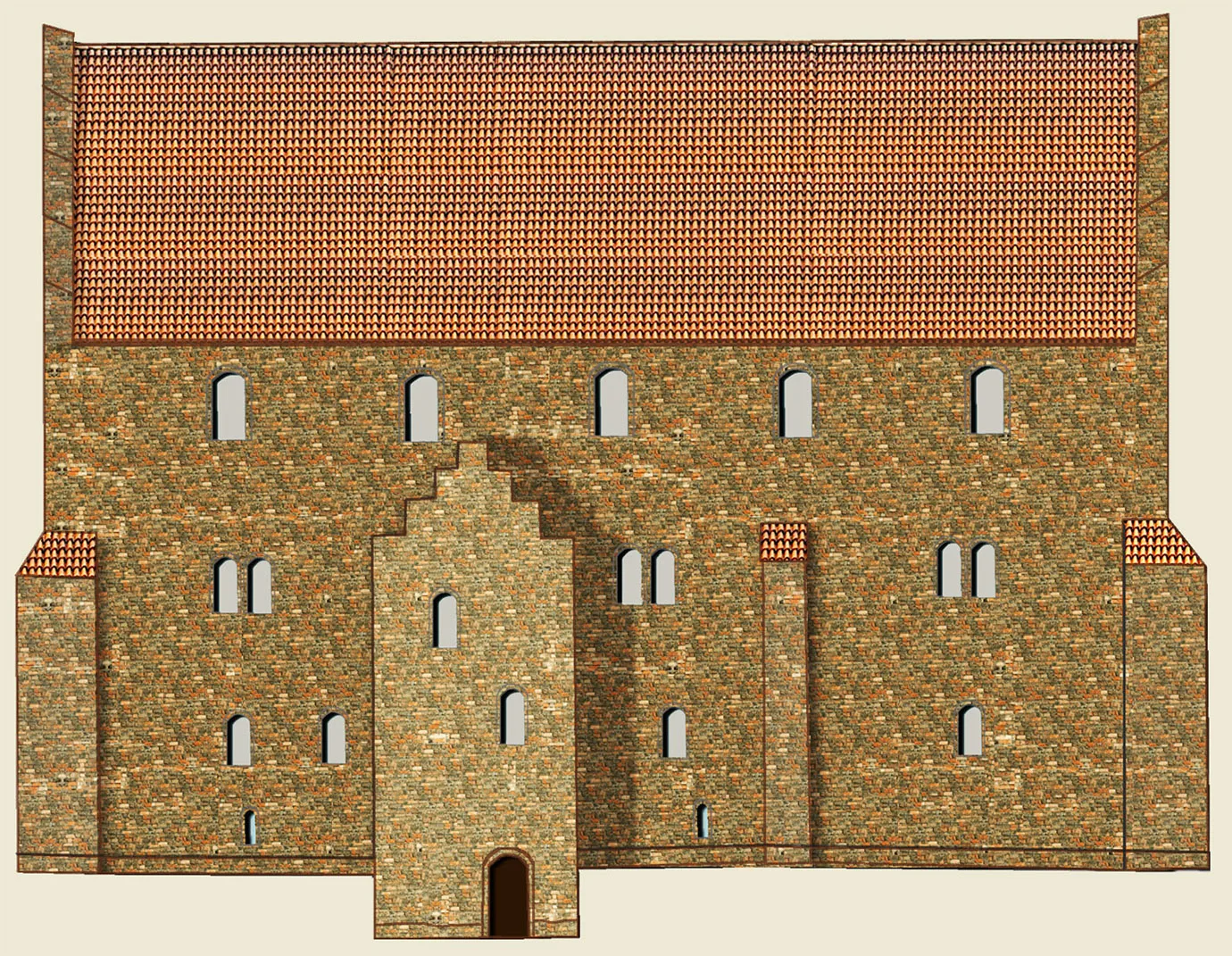
The excavation and its pioneers
Two archaeologists in their twenties, Bengt Thordeman and Hanna Rydh, were responsible for the Adelsö excavations. Hanna Rydh (1891–1964) was the first woman to earn a doctorate in archaeology in Sweden. Among other work, Hanna carried out excavations at Birka and Adelsö, and her dissertation focused on disc-shaped brooches from the Viking Age. Outside of her professional life, Hanna actively fought for women’s right to equal pay for equal work, for more women in politics, and for gender equality in the workplace.
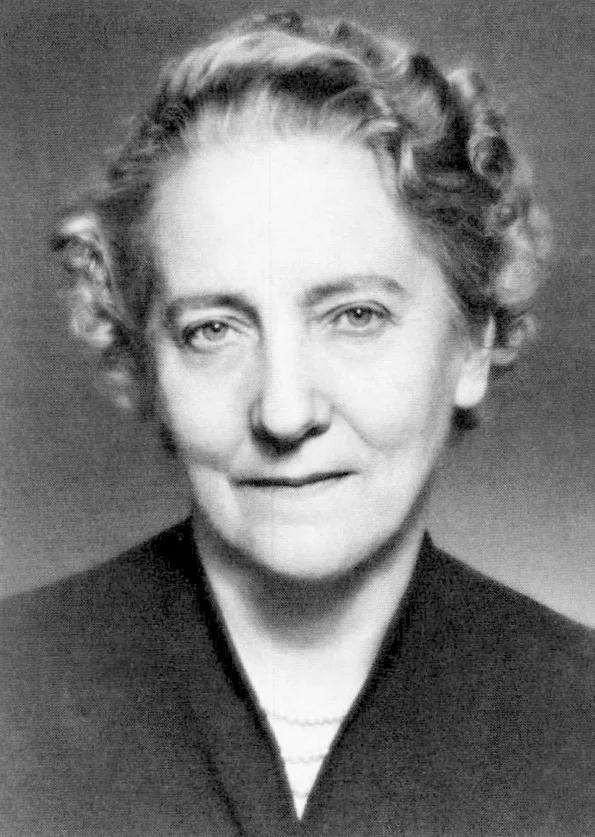
During the first summer, 19 people were employed at Alsnö hus, including a crane operator. From the ruins, they excavated building details, household items, weapons, coins, locks, keys, and much more.

Ornamented brick
On view at Historiska museet in the exhibition Sveriges historia
Old and new in the ruins
Particular finds highlighted were some small cloak brooches from 1250–1350. They are made of silver and feature upright lions, which were the heraldic emblem of the House of Folkung, as well as a mysterious monogram in the form of the stylized letter “a.”
In other house foundations, the finds were of a later date. Some objects could hardly have been considered antique at the time but were collected anyway—for example, the lid of a tobacco box from the 19th century.
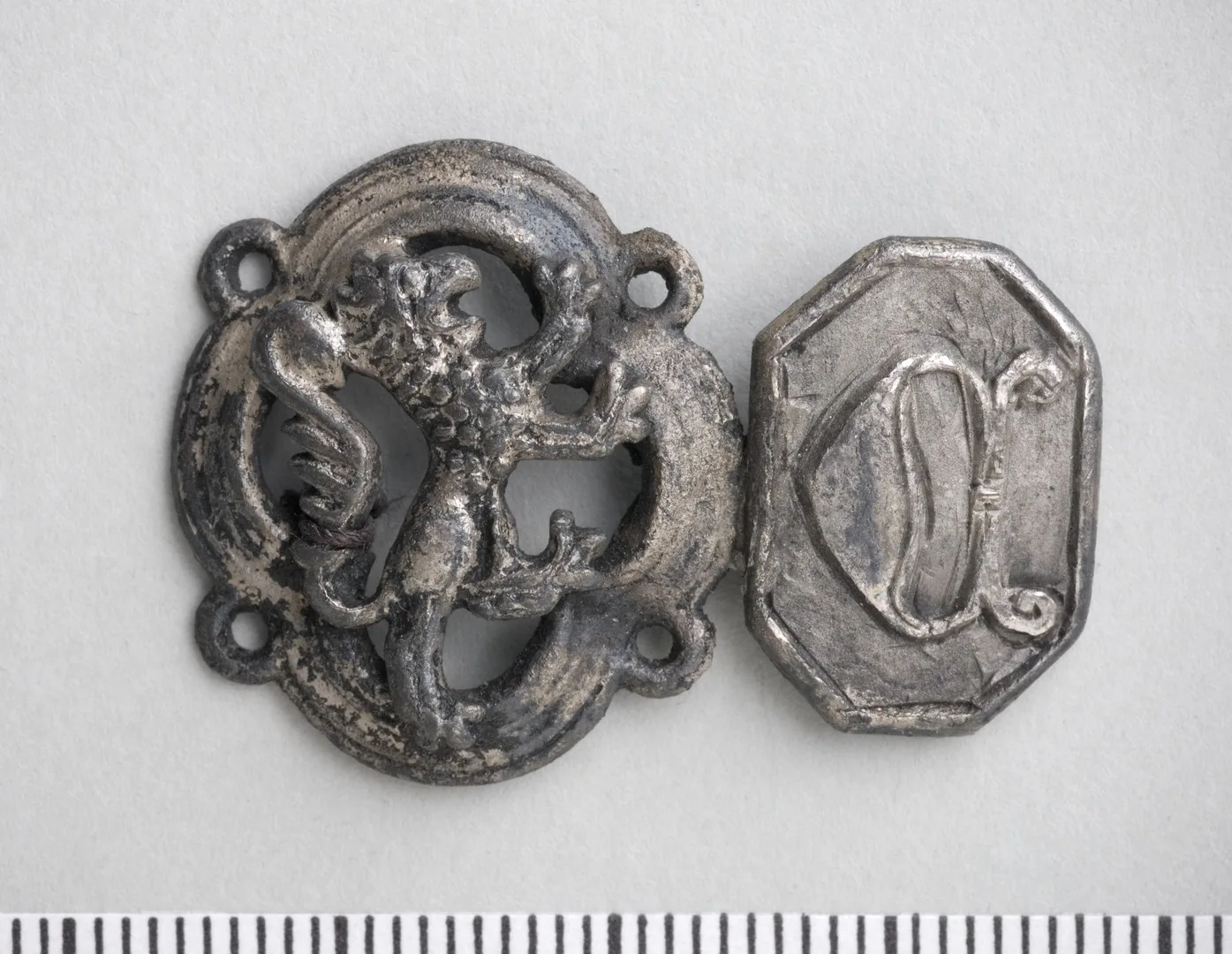
Brooch
The brooch, or clasp, was found in the excavation at Alsnö hus, Uppland.
On view at Historiska museet in the exhibition Sveriges historia
Lack of financing stops the project
Prices more than doubled at the end of the 1910s. This may have been why archaeologist Thordeman incurred a debt equivalent to 50,000 kronor when his dissertation on the Alsnö hus building was printed. Unfortunately, the finds from the foundations of Magnus Ladulås’s palace were never published. The prehistoric finds that were uncovered were published by Hanna Rydh in 1936.
Since 1993, Alsnö hus and Hovgården, together with Birka, have been listed as a UNESCO World Heritage Site. The finds from the Adelsö excavations are today kept at the Swedish History Museum and the Economy Museum – Royal Coin Cabinet.
